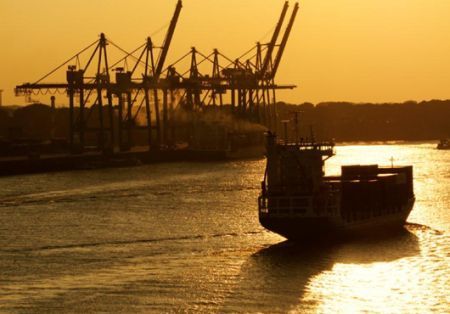
Moore Stephens shipping partner Michael Simms says, “The Ballast Water Management (BWM) Convention, for example, has not yet entered into force, although some countries, including the United States, have already implemented BWM regulations independently of the IMO. But it is known that BWM systems can cost between $500,000 and $5m per vessel, depending on the system as well as on the size and design of the ship. That cost may increase as a result of demand requirements and shipyard capacity. There are also operational costs to consider of between $10,000 and $50,000 per annum per vessel.
“Meanwhile, the regulation of emissions from shipping continues apace. Emissions Control Areas (ECAs) are currently in force in the North Sea/Baltic Region and in North America, and new IMO regulations mean that, by 1 January 2015, all vessels operating within these areas will be required to meet an 0.1 percent SOx emissions limit. In addition, there are more complex calculations for 2016, when IMO NOx limits based on the vessel’s age and engine’s rated speed enter into force.”
Simms acknowledges that the true cost of regulatory compliance is still unclear. He says, “Think of a number. Any number will do, so long as it is very big. Then double it. The answer is likely to be as accurate as any supposedly informed estimates currently circulating in the shipping sector about the likely size of the industry’s bill for achieving compliance with incipient environmentally-inspired regulations governing the operation of ships.
“Individual owners and operators may plot their own path through the regulations. For some, configuring new ships for easy installation of BWM systems when the convention enters force may be a viable option. Scrubbers, meanwhile, may be the most cost-effective solution for some when addressing the SOx/NOx dilemma.
“One thing is certain, however. Shipping is going to have to find a great deal of money over the next few years simply to stay within the rules. From an accounting perspective, the challenge will be how businesses should account for the expenditure and any associated costs to determine which items should be capitalised or expensed. In practice, whist additional operational costs should be expensed, certain expenditure should be recorded as an asset. But, of course, it is only an asset if you are able to recover it. “
We use cookies to improve your experience. By continuing to use our site, you accept our Cookies, Privacy Policy,Terms and Conditions. Close X